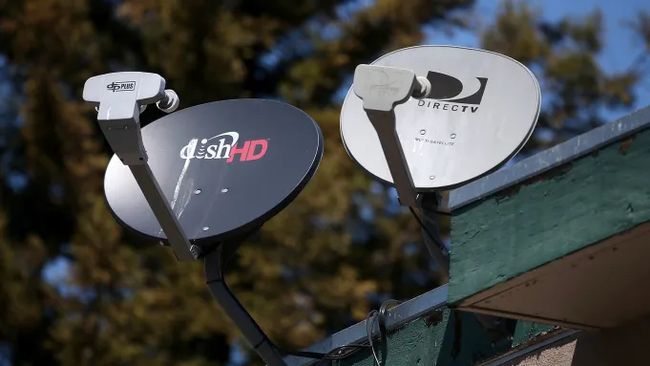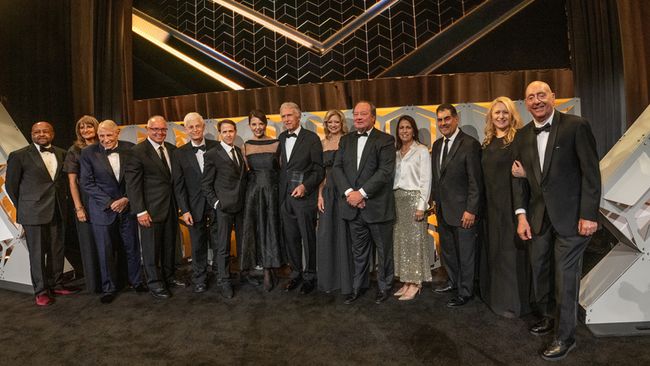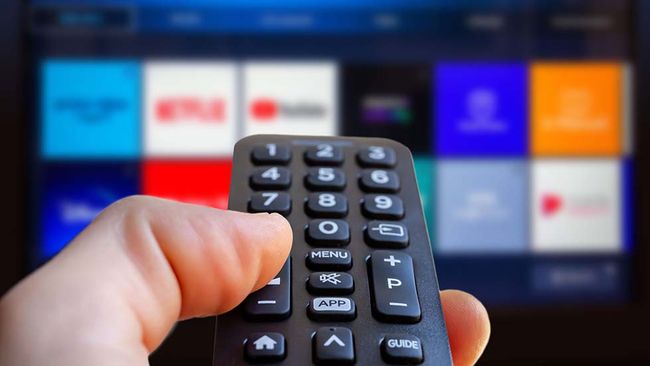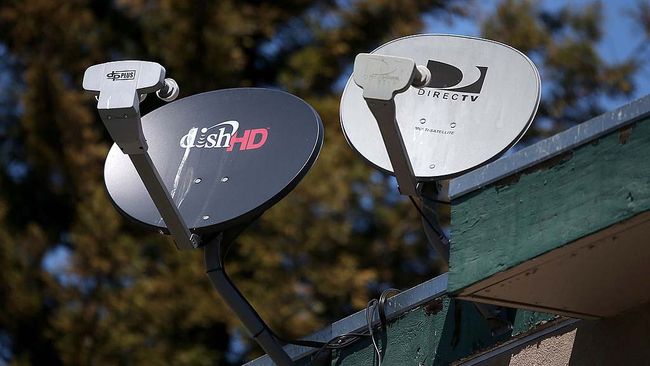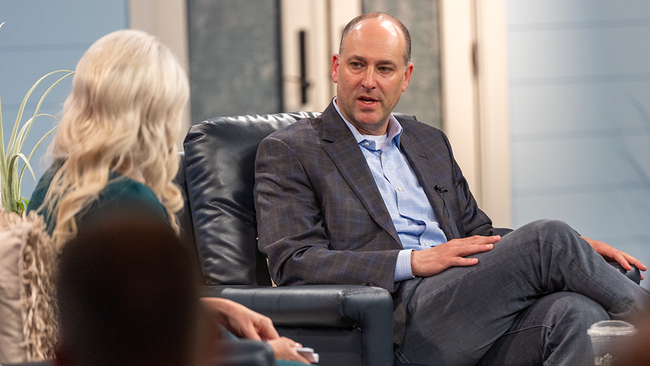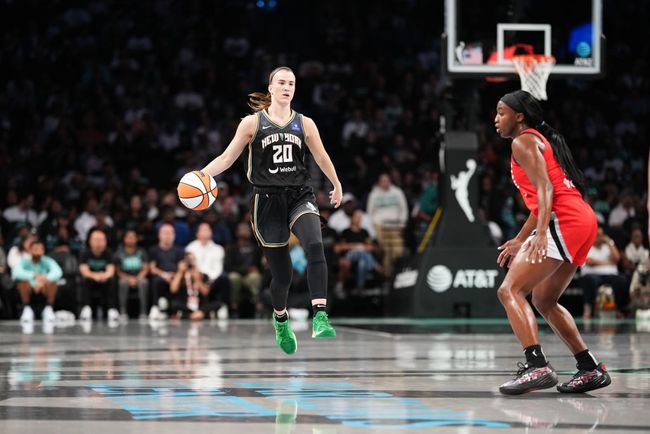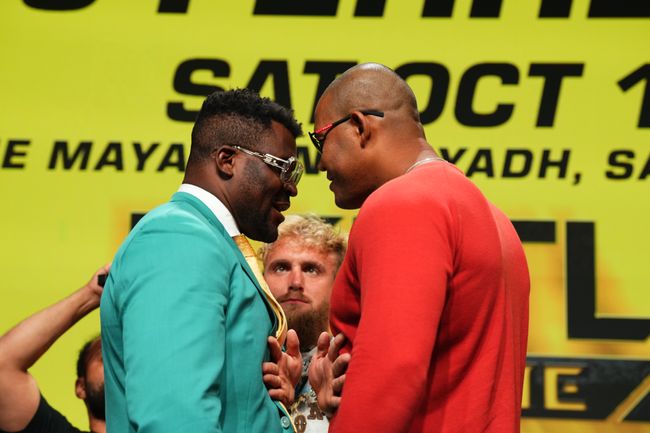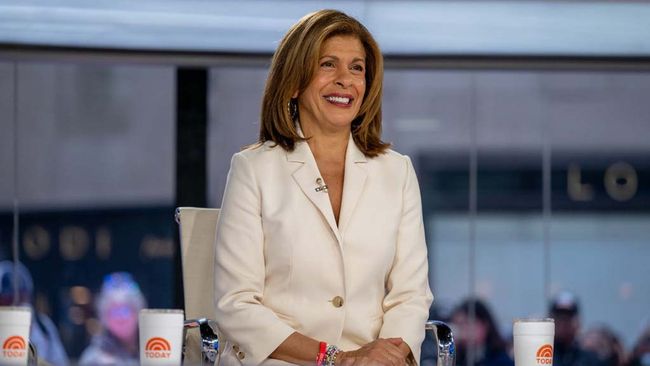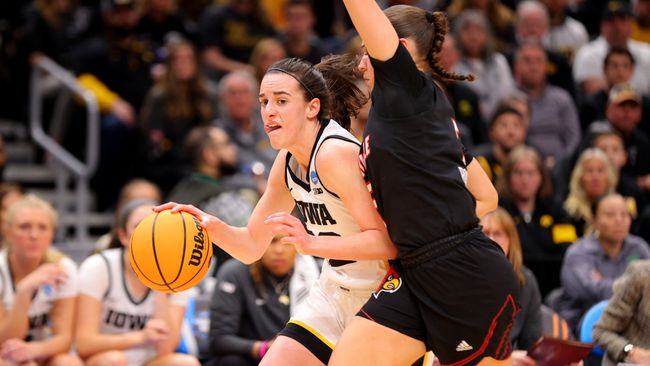
A recent survey from Hub Research revealed that over 50% of Americans make streaming their first stop when deciding what to watch, choosing the streaming stick over the set-top box. This has far-reaching implications for the TV industry as it signals a real sea change in the way people view TV and what the industry might look like in the years to come.
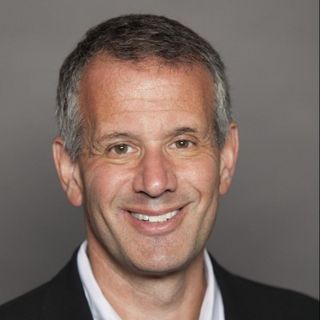
To put this in perspective, even in linear TV’s heyday, only slightly more than 50% of viewers owned a DVR, which was technology supplied to them by their cable companies. (It came bundled with the set top box.)
Streaming, on the other hand, requires a smart TV, a streaming device or both
But what the shift means is that we are going to be seeing a massive change in the way people watch TV and in the way the TV industry is structured.
As “first choice” viewing shifts to streaming, viewers are going to see the seven major SVOD services—soon to be nine when ViacomCBS and Discovery launch their platforms—as their primary option for “lean-in” TV.
While consumers are not going to subscribe to all nine “flixes,” chances are they will have somewhere between one and six, depending on how much TV they watch.
The free ad-supported streaming TV services (FASTs) will be part of this new ecosystem, too, as the key source for “lean-back” TV, the sort of comfort food TV we watch when we just want “something” to watch, rather than something we need to pay close attention to and become emotionally involved in.
NEXT TV NEWSLETTER
The smarter way to stay on top of the streaming and OTT industry. Sign up below.
The FASTs will take the place of the dozens of smaller cable channels that currently serve as our source of comfort food TV, their programming consisting mainly of reruns of popular TV series and older movies. With FASTs, viewers will be able to watch both curated streams of these types of shows and choose from vast libraries. Tubi, which has the largest library of the FASTs, currently has over 20,000 titles and 50,000 hours of programming.
Once this shift is underway, it won’t take viewers long to realize that they are paying well over $75/month--and often over $100/month, for traditional pay TV packages they rarely watch, which will in turn lead to a significant increase in cord cutting as viewers shift to a diet of subscription Flixes and free FASTs, which will cost them far less on a monthly basis, even if they subscribe to as many as six different services.
We can see this shift already starting to happen as many smaller cable channels are starting to set up shop on the FASTs, bringing their libraries with them in anticipation of the day when more and more viewers give up cable and the move will need to be permanent.
The King Is Dead, Long Live The King
While there are some digital players in this new ecosystem--Netflix, Apple and Amazon--most of the new universe will consist of the same players as the old universe.
Disney (ABC), ViacomCBS, Comcast (NBC) AT&T (Warner) and Discovery will all have a major presence and they will form the bulwark of the new streaming ecosystem.
Chances are good that they will all wind up with some form of the three-tier system NBCU is proposing for Peacock: a free ad-supported service, an ad-supported subscription service and an ad-free subscription service, all at different price points.
NBCU will use its free services as a way to entice viewers to subscribe to the paid services … without getting too many to take them up on the ad-free service, as the subscription revenue from those services will not equal the lost ad revenue from having a smaller overall audience.
Viewers will be the main beneficiaries here, as there will be many more high quality originals to watch, vast stores of library content available on demand in a way that is easy to search and find, and a considerably lower ad load, along with ads that are much better targeted.
For the programmers, the next few years will be critical, as they all figure out who they want to be when they grow up, so to speak, deciding on the type of programming they want to be known for and the type of audiences they want to appeal to.
We have been predicting this new era for the past 10 years or so, but it seems that the massive change is finally underway. Fortunately, it appears to be a positive change for viewers, for advertisers and for programmers, too.
Alan Wolk is the co-founder and lead analyst for media consultancy TV[R]EV

